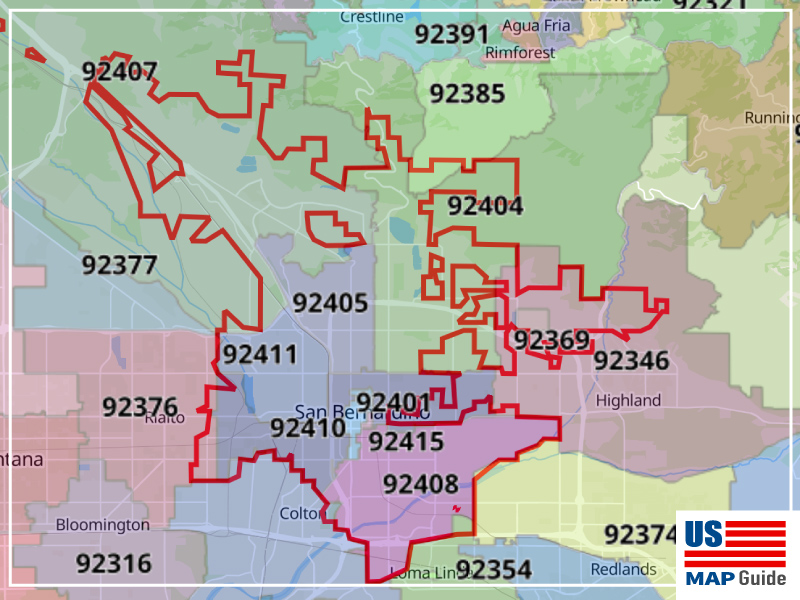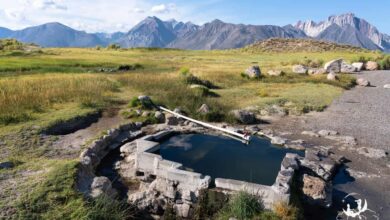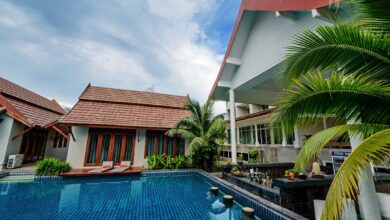San Bernardino Zip Code: A Complete Guide to Areas, Neighborhoods, and Demographics?

San Bernardino, located in Southern California’s Inland Empire region, is a historic city with a rich culture, diverse neighborhoods, and a wide range of communities. For residents, businesses, and visitors, one of the most common questions that comes up is related to the San Bernardino zip code system. Since the city is large and spread across many neighborhoods, it is divided into multiple postal codes that help in organizing mail delivery, identifying communities, and even determining demographic trends.
In this comprehensive guide, we will explore everything you need to know about the San Bernardino zip code list, including the different areas it covers, demographic information, neighborhoods, real estate trends, and why zip codes matter for anyone living, working, or investing in the city.
Understanding San Bernardino Zip Codes
A zip code is a five-digit postal code assigned by the United States Postal Service (USPS) to make mail sorting and delivery more efficient. San Bernardino, being the county seat of San Bernardino County and one of the larger cities in California, is served by multiple zip codes.
Unlike smaller towns that may have a single zip code, San Bernardino’s size and diverse neighborhoods require many. Each San Bernardino zip code represents a specific area, ranging from downtown to suburban neighborhoods, industrial zones, and rural communities.
Full List of San Bernardino Zip Codes
Here are the primary zip codes in San Bernardino, CA:
- 92401 – Downtown San Bernardino
- 92402 – PO Box zip code
- 92403 – PO Box zip code
- 92404 – North & East San Bernardino (Del Rosa, Arrowhead Farms)
- 92405 – Midtown neighborhoods
- 92406 – PO Box zip code
- 92407 – Northern San Bernardino (Verdemont, Muscoy, Devore)
- 92408 – South Industrial & Hospitality Lane areas
- 92410 – Central San Bernardino (downtown-adjacent)
- 92411 – Western San Bernardino (Mt. Vernon area)
- 92412 – PO Box zip code
- 92413 – PO Box zip code
- 92415 – Unique zip code (government buildings)
- 92418 – Unique zip code (businesses/organizations)
- 92423 – PO Box zip code
- 92427 – Northern region (Devore Heights)
Each of these San Bernardino zip codes covers specific neighborhoods and has unique characteristics.
Demographics by San Bernardino Zip Code
One of the most important aspects of understanding a zip code is its demographics. Population, income, household size, and education levels often vary across San Bernardino’s neighborhoods.
92404 is one of the most populated areas of San Bernardino, home to diverse families, schools, and community parks. Average household size is larger than the city’s average, making it a family-oriented region.
92407 is a mix of suburban and semi-rural living, covering areas like Devore and Muscoy. It is known for larger properties and growing housing developments.
92408 is more industrial and commercial, with many warehouses, logistics companies, and the Hospitality Lane business district.
92410 is densely populated, with a strong mix of cultures and working-class neighborhoods. It has a younger population compared to other zip codes.
92411, located in the western part of San Bernardino, is historic and culturally significant, with a mix of residential and business zones.
Overall, the San Bernardino zip code map shows how different parts of the city serve different lifestyles — from family-friendly suburbs to bustling commercial districts.
Why San Bernardino Zip Codes Matter
Knowing the San Bernardino zip code is not just about receiving mail. Zip codes can impact many aspects of daily life.
Real Estate and Housing Prices – Home values differ by zip code. For example, homes in 92407 (Verdemont area) are generally higher in price than homes in 92410 (central neighborhoods). Investors often analyze zip code data to determine the best areas for rental income or appreciation.
School Districts and Education – Public schools are often divided by zip code boundaries. Parents searching for quality schools look at San Bernardino zip code maps to find the right neighborhoods.
Business and Marketing – Companies target specific zip codes in San Bernardino for local advertising, especially in growing commercial hubs like 92408.
Government Services – Some government offices, like the San Bernardino County Court, even have unique zip codes (e.g., 92415) to organize mail efficiently.
Real Estate Trends by San Bernardino Zip Code
If you’re planning to move to San Bernardino or invest in real estate, understanding the housing market by zip code is crucial.
92407 is popular for suburban developments, newer homes, and access to California State University, San Bernardino.
92404 offers more affordable housing options, making it attractive for first-time buyers.
92408 has limited residential housing but high commercial property value due to warehouses and logistics centers.
92411 has older housing stock, more affordable options, but with potential for revitalization projects.
92401, representing downtown San Bernardino, is seeing revitalization efforts and new developments.
Many real estate websites allow searches by San Bernardino zip code, which makes it easier to compare property values.
Popular Neighborhoods in San Bernardino by Zip Code
To get a better feel for the city, here are some notable neighborhoods tied to specific zip codes.
92407 (Verdemont, Devore, Muscoy) – Scenic hillside living with larger homes and access to the Cajon Pass.
92404 (Del Rosa, Arrowhead Farms) – Residential neighborhoods with parks, schools, and proximity to the San Bernardino Mountains.
92408 (Hospitality Lane, South San Bernardino) – A business and dining hub with many hotels and restaurants.
92410 (Central San Bernardino) – A bustling area close to downtown with diverse communities.
92401 (Downtown) – Civic and commercial center, including City Hall and historic Route 66 landmarks.
San Bernardino Zip Code Map
A San Bernardino zip code map is a useful tool for anyone researching neighborhoods. These maps visually outline postal code boundaries and help residents, real estate agents, and businesses understand how the city is divided. GIS-based zip code maps also provide data on demographics, land use, and population density.
Frequently Asked Questions About San Bernardino Zip Codes
How many zip codes does San Bernardino have?
San Bernardino has more than 15 different zip codes, including standard, PO Box, and unique postal codes.
Which San Bernardino zip code is the largest?
Geographically, 92407 is one of the largest, covering northern areas like Devore and Verdemont.
What is the zip code for Downtown San Bernardino?
The main downtown zip code is 92401.
Are there special government zip codes in San Bernardino?
Yes, zip codes like 92415 are assigned for government offices and courts.
Which zip code has California State University, San Bernardino?
The university is located in 92407.
Final Thoughts on San Bernardino Zip Code Areas
The San Bernardino zip code system provides a detailed look into the city’s neighborhoods, demographics, and community layout. Whether you’re moving to San Bernardino, investing in property, or simply trying to understand the area better, knowing the zip codes is an essential step.
From family-friendly suburbs like 92404 to bustling commercial areas like 92408, each zip code has its own identity and opportunities. Real estate, schools, businesses, and government services all rely on these postal divisions to organize the growing and diverse city of San Bernardino.
For anyone considering relocation or business opportunities, taking time to explore the San Bernardino zip code map will help you make informed decisions and better understand this historic California city.


